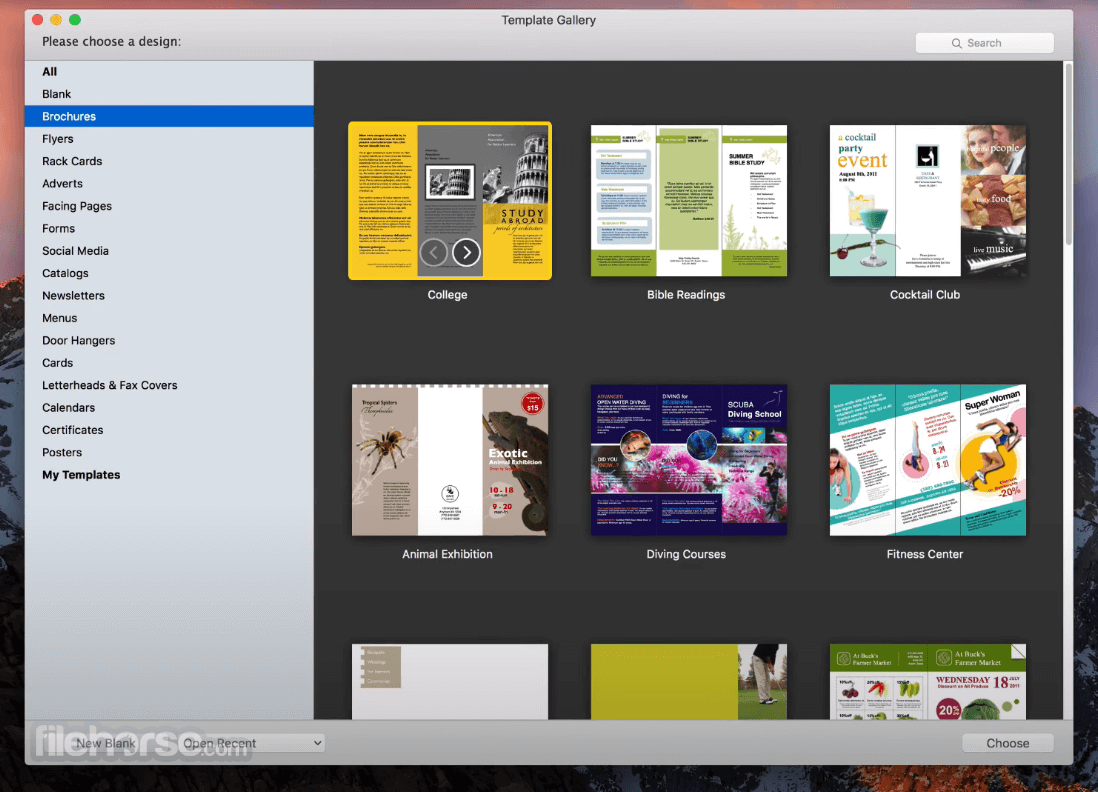

Why? Because some pictures-inline pictures-are stored on the text layer, and this is the layer being displayed. Of course, some pictures are visible when working on your document in Draft view. In order to see the pictures on these other layers, you need to switch to Print Layout view. Thus, any pictures residing in the header/footer layer or, more commonly, on the drawing layer are not visible. If you are using Draft view, Word displays only the contents of the text layer of your document. Most people do their writing and editing in Draft or Print Layout views. What does this discussion about layers have to do with whether pictures show up in Word? There are a number of ways to view your document, each accessible from the ribbon tools or by clicking on one of the View buttons that may be visible on the status bar, just below your document. If you place an inline graphic in your document, it is on the text layer if you place a floating graphic in your document, then it is on the graphics layer. Graphics are much more common on both the text layer and the graphics layer. People don't normally place graphics on the header/footer layer, but they can. Similarly, graphics can appear on all three layers. For instance, headers and footers are composed primarily of text-text obviously appears in the text layer, and text boxes can appear in the graphics layer. In reality, text can appear in all three layers of your document. The other layer is the drawing layer, which contains graphic objects. First is the header/footer layer, which contains both the header and footer information that appears on every page in your final document. You are probably most familiar with the text layer, in which your text actually resides. Each document has several different layers. Word uses a "layered" approach to documents.

Gave a spectrum of fragrance aromatic compounds (phenolics) in the petroleumĮther fermented wood "Nikhra" fractions of A.seyal, was PetadecanoicĪcid(5.64%) and Tetracosamethyl-cyclododecasiloxane(4.17%) total fragranceĪromatic compounds(44.57%), and main terponoids compounds was OctadecanoicĪcid(2.52) % total fragrance aromatic compounds(11.87%).Have you ever placed a picture in your Word document, only to have the picture not be visible when you are later working in the document? This seems to be a common occurrence, and there are several reasons for this. FragrantĪromatics or terpenoids were targeted in this part of study. Petroleum ether fermented wood "Nikhra" fraction was divided into two types of compoundsĬlasses aromatic and non aromatic by and hence compounds were classified to phenolics and terpenoids compounds by GC/MS. Rf values ( 0.50, 0.36), were expected to be lignans. (0.92, 0.86, 0.71, 0.64, 0.57, 0.50, 0.36) ,were expected to be phenolic, with vanillin HCL (red ) compounds spots (C5,C6,C7) with Rf values (0.57, 0.50, 0.37) was expected to be catechinĪnd with vanillin H 3PO 4, blue-violet zones compounds Petroleum ether fermented wood "Nikhra" fraction analysis with TLC and spray TLC with vanillin H 2SO 4 (pink) (C1, C2,C3,C4,C5,C6,C7), Rf values Aim of this study to detect organoleptically Acacia seyal fractions ( petroleum ether, chloroform, methanol and aqueous) fermented wood "Nikhra" of the fractions accumulating the strongest sweet fragrance these fragrances were mainly accumulated in the petroleum etherįermented wood "Nikhra" fraction and analysis it by usingĬhromatographic and spectroscopic analysis.


 0 kommentar(er)
0 kommentar(er)
